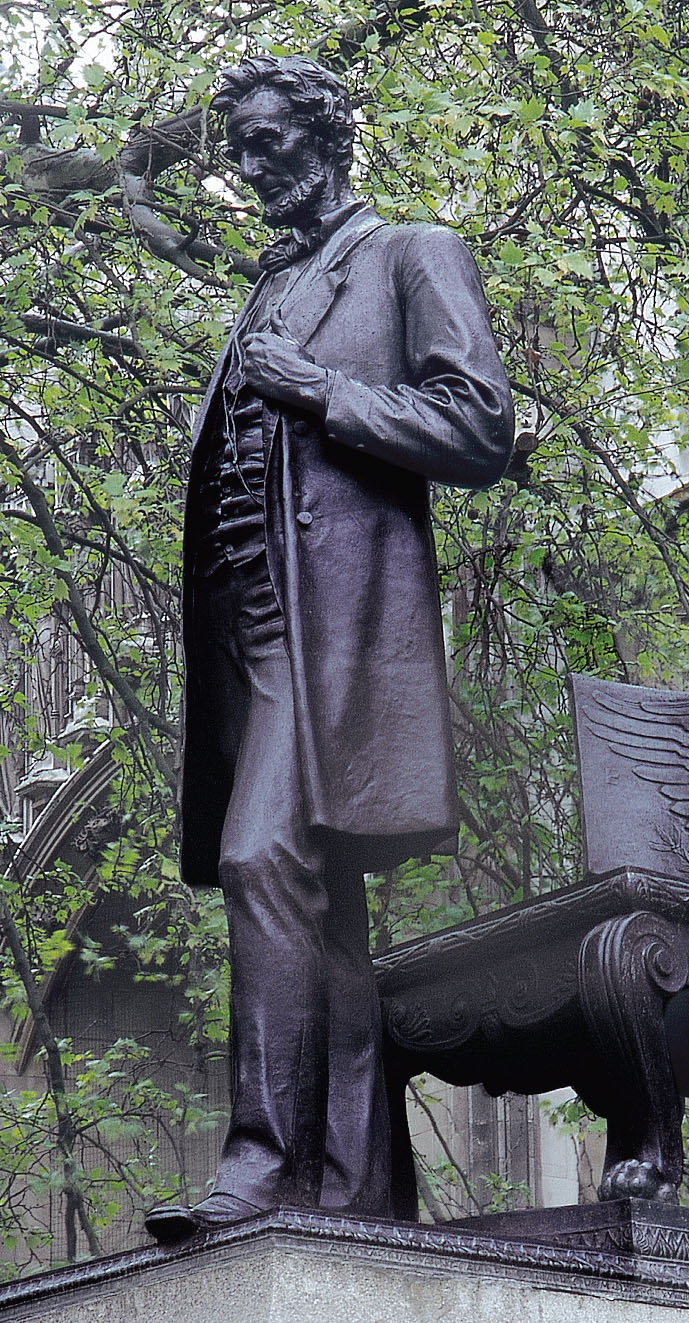
London from the countryside
[caption id="TheCountrysideTraveler_img1" align="aligncenter" width="689"]

Jim Hargan
DEEP IN THE ENGLISH COUNTRYSIDE, in a golden-stoned village, you amble from your thatched cottage to the pub across the green. As you sit outside in the warm evening sunlight, watching the ducks clown around in the village pond, you think to yourself, “Why would anyone want to stay in a city, when they could have all this?” The answer is simple: London!
The good news is, you can have the best of both worlds, London and the countryside in one trip—and even relax while you are at it. There are a couple of tricks, however, if you want to avoid any hassle.
To understand those tricks, you need to understand London’s layout—and to understand that, you need to know a bit about its history. The Romans founded Londinium around AD 50, at the head of the River Thames’ tides—the place where oceangoing ships would have to stop. They put a dock there and a bridge just upstream; the result was such a success that Londinium became their provincial capital. By medieval times the city was spilling out over its original Roman boundaries, with industry and poor people going eastward toward the dock areas, and the rich people going westward away from the poor people. That distinction survives to this day, as the cockney East End and the ritzy West End.
[caption id="TheCountrysideTraveler_img2" align="aligncenter" width="1024"]

Jim Hargan
The royal family in particular disliked what was then the smelly and disease-prone city, and tended to avoid it like (if you will pardon the expression) the plague. From the 16th century on, the royal family favored a riverside abbey village a short distance to the west of town—Westminster. Of course, anyone who was anyone had to be nearby, so the fashionable districts formed around that royal core.
So the first trick to seeing London from the countryside is: Head to Westminster.Westminster is at the heart of London’s history and culture, and glories in its museums, gardens and theaters. From Victoria Station on Westminster’s southwestern edge, you’ll find many of London’s great sights within walking distance.
London’s railroads are the key to the second trick. England’s electrified trains run (typically hourly) from Greater London to every city on the island. Unlike the trains serving large North American cities, the London trains do not converge on a central station. Instead, rail lines terminate at each of seven major train stations. None of these terminuses interconnect; to go from one to another, you take a taxi or the Underground. Central London is ringed by these stations.
There are two methods to combine town and country. The first is to stay in the country near one of the many lines that end at one of these stations. For instance, you can overnight in the incredibly beautiful South Downs, save money on lodging and food and take day trips into Westminster.
Or, if you are particularly prone to jet lag, fly into Gatwick International Airport, then take the nonstop Gatwick Express train to Victoria Station. The train leaves every 15 minutes, and you pay the £12 fare on board. Once off the train, the excellent Victoria Thistle Hotel provides good rooms at business-class prices, right in the station. From Gatwick Customs to a welcome sleep-off-the-lag bedroom, you’ve carried your baggage perhaps 30 yards.
Staying at the Thistle is a great way to do London. The hotel has a good restaurant and pub, and there are full and varied services within the giant Victoria Station. Theaters, restaurants and pubs crowd the surrounding streets. Get up at 5 a.m. (your jet-lagged body will think it’s between 10 a.m. and 2 p.m.), and watch the bobbies on bicycle two-by-two; this is where they have their morning roll call, then pedal off to serve and protect! The Underground can take you directly to those sites that are beyond walking distance, and there’s a steady stream of taxis and double-decker buses. If the day is nice, however, you might want to walk. The Houses of Parliament are less than a mile away, and Buckingham Palace is only a quarter of a mile.
If you’re feeling ambitious, consider this 4.6-mile walking tour: Eastward from Victoria Station, head to Buckingham Palace and the Royal Mews, then continue across St. James’s Park, following a beautifully landscaped lake. The main government district is adjacent, with 10 Downing Street and Winston Churchill’s Cabinet War Rooms.
North, toward Trafalgar Square and the Nelson Monument, is the National Gallery and the historic church of St. Martin-in-the-Fields. From there you can go to Charing Cross Station with its restored Eleanor Cross, then cross the River Thames on the Hungerford footbridge, walk past the Royal Festival Hall and visit the Hayward Gallery.
West, along the Thames, is the Jubilee Gardens and the British Airways London Eye millennium wheel, affording great vistas of the city. Visit the London Aquarium and the Florence Nightingale Museum, then cross the Thames on Westminster Bridge, with grand views of the Houses of Parliament. Walk past Parliament and a statue of Abraham Lincoln to Westminster Abbey. Stroll through the Victoria Gardens along the Thames to Lambeth Bridge—the Museum of Garden History is just across. Continue south along the Thames to the Tate Galler. Finally, follow Vauxhall Road back to Victoria Station.
Westminster is the only place I know where you can spend a week walking less than five miles. And when you’re done with the eastward walk, there’s another, similarly grand, five-mile walk north from Victoria Station to Hyde Park.
Once you are through with the big city, take the Gatwick Express to the airport, rent a car and head into the countryside, fully rested and ready to take it all in.
Of course, my ramble is only a sample of London adventures easily accessible from a base in the country. The same strategy can be applied from a stay in the Thames Valley, or from an arrival at Heathrow, where the Heathrow Express and trains from Wales and the West Country bring the traveler into town at Paddington Station.
From the Home Counties to the north, St. Pancras and Euston stations invite the visitor to explore the British Library, the treasures of Bloomsbury or the bustling markets of Covent Garden. Yes indeed. With a bit of planning, efficient trains and the London Underground, you can enjoy the best of both town and country.





Comments